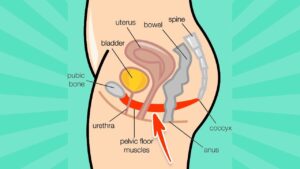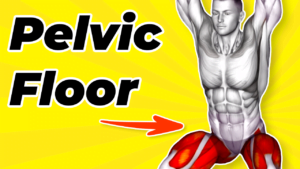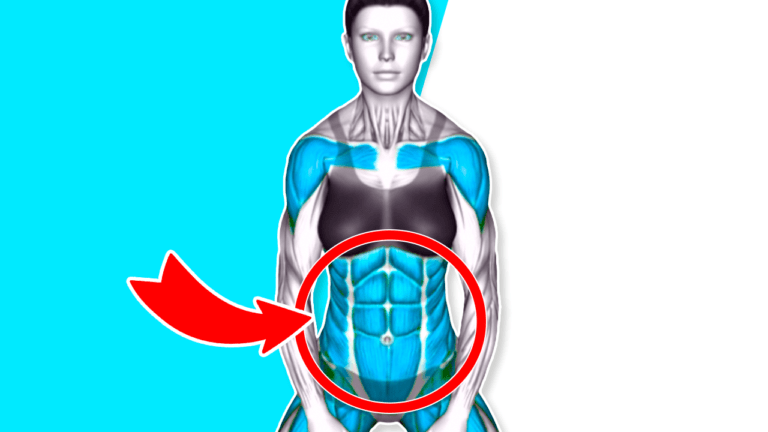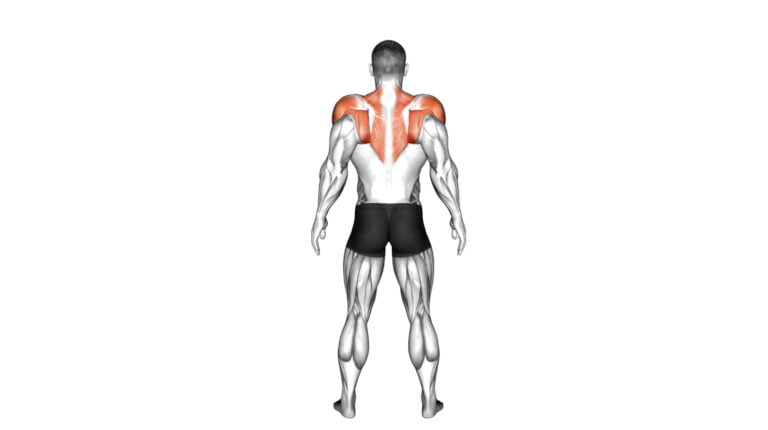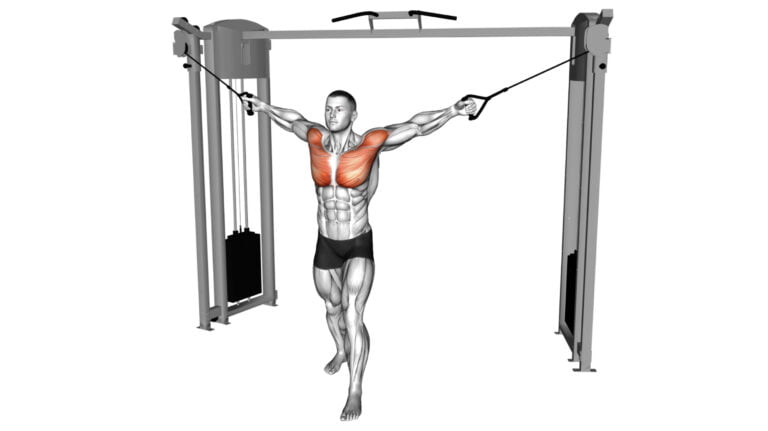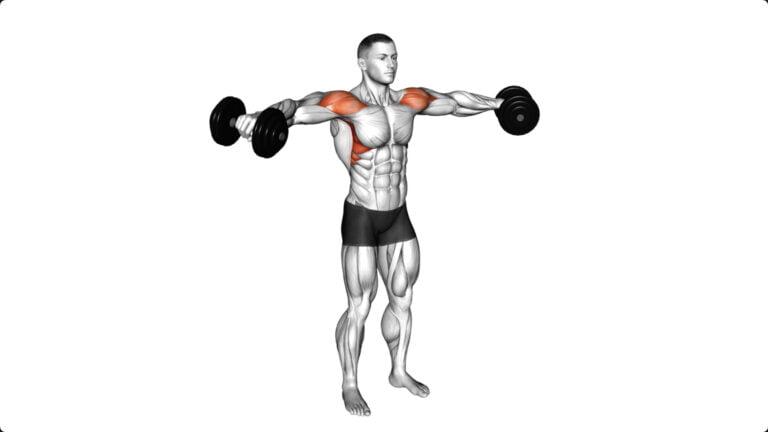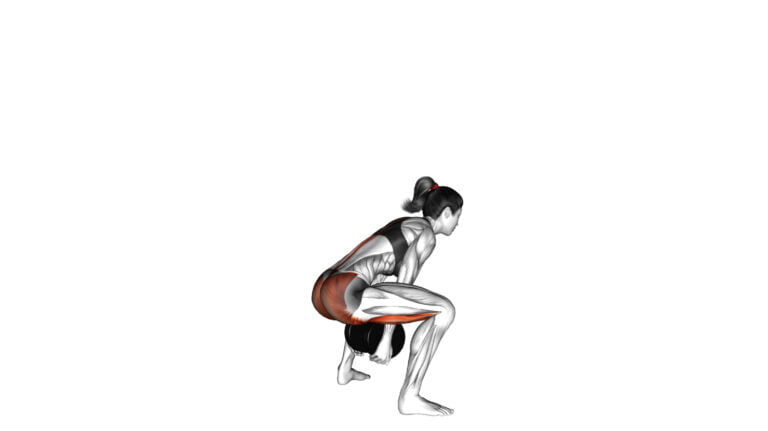Effective Pelvic Floor Exercises Other Than Kegels
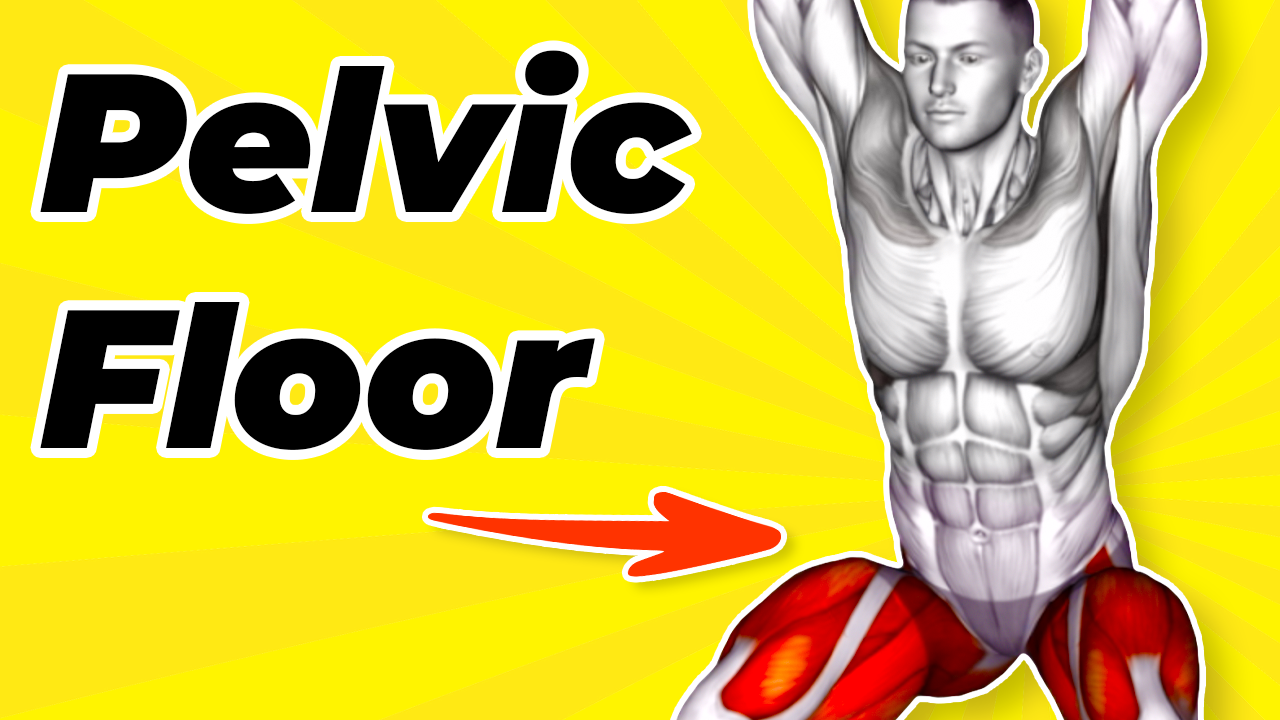
Many people think Kegels are the only way to strengthen your pelvic floor, but that’s not true. There are several exercises other than Kegels that can make your pelvic muscles stronger and improve your overall health.
This article will guide you through some effective alternatives that could be more suitable for you, especially if you’re looking for variety or have found Kegels challenging.
With a decade of experience in strength sports and fitness coaching, I’ve seen firsthand how diversified workouts can lead to better results. My journey from a gym enthusiast to a certified personal trainer with a Master’s degree in Physical Education has taught me there’s no one-size-fits-all approach to fitness or pelvic health.
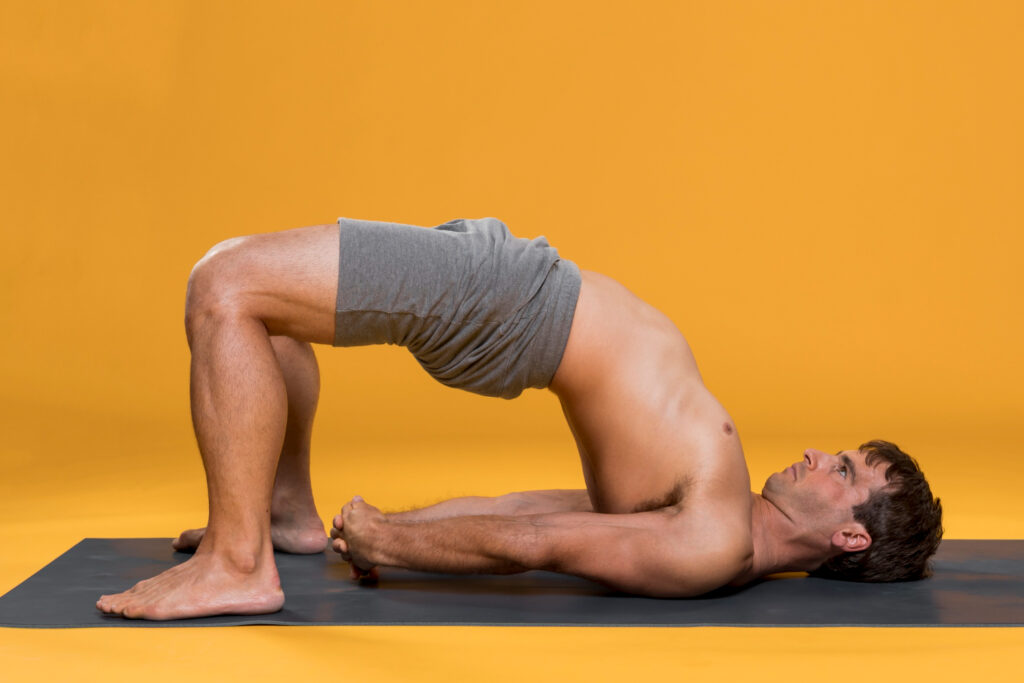
Ready to explore new options? Keep reading!
Key Takeaways
- You can strengthen your pelvic floor with exercises like Rocking Frog, Single Leg Bridge, and Squat Thrust-Bridges. These help more than just doing Kegels.
- Doing different exercises works out the whole area around your pelvic floor. This includes your legs, hips, and belly.
- Breathing deeply and poses like Happy Baby can also improve your pelvic health by relaxing muscles.
- It’s important to pick exercises that fit what you need. Some people might do better with lighter exercises if their pelvic floor is weak.
- Consistency in these exercises leads to stronger pelvic muscles. Start with suggested sets and reps but adjust based on how it feels for you.
Effective Non-Kegel Exercises for Pelvic Floor Strengthening
There are many exercises other than kegels that can make your pelvic floor muscles stronger. These moves involve your legs, hips, and belly to give the whole area a good workout.
1. Rocking Frog
The Rocking Frog is a great move to make your pelvic floor stronger. You start by getting on all fours, making sure your hands are right under your shoulders and knees under hips. Then, lower yourself down as if you’re trying to sit back onto your heels, but don’t touch them.
Move back and forth like this. It’s like a fun game for adults where you pretend you’re a frog! This exercise not only targets the pelvic floor but also helps with flexibility in your hips.
Doing Rocking Frog regularly helped me feel a stronger connection with my body.
As someone who teaches fitness, I see how this simple move can improve health in the lower part of your body without doing kegels. Next up is the Single Leg Bridge, another powerful exercise that builds strength from within.
2. Single Leg Bridge
The Single Leg Bridge is a great exercise for your lower body and pelvic floor. Lie on your back with one knee bent, foot flat on the floor, and the other leg lifted towards the sky.
Push your hips up, using the leg that is still on the ground. Keep your pelvis steady and don’t let it drop. This move really works to make your pelvic floor stronger. It also helps support your bladder, bowels, and other pelvic organs.
Do this slowly to get all of its benefits. Lower back down gently after each lift. Repeat this several times before switching legs. Next up are exercises like Rear Decline Bridge that continue to build strength in these areas.
3. Rear Decline Bridge
Moving on from the Single Leg Bridge, let’s talk about the Rear Decline Bridge. This exercise takes you a step further in strengthening your pelvic floor without Kegels. You’ll need something like a bench or a sturdy chair for this one.
Start by placing your feet up on it while lying down with your back flat on the ground. Lift your hips towards the ceiling, creating a straight line from your shoulders to your knees.
It’s key to keep breathing steadily as you hold this pose.
This move not only targets your pelvic floor but also works out other parts of your body. Your glutes and hamstrings get a good stretch and strengthen in this position too. Remember to hold each lift for a few seconds before slowly lowering back down to the start spot.
Doing this consistently helps make those muscles under tension more robust over time, enhancing overall pelvic health.
4. Single Leg Stretch (bent knee)
Shifting from the Rear Decline Bridge, we now focus on the Single Leg Stretch with a bent knee. This exercise is key for those wanting to strengthen their pelvic floor and core muscles without heavy lifting.
You start by lying on your back, one knee bent with your foot flat on the surface, and the other leg lifted straight into the air. Slowly bend your raised leg at the knee, pulling it towards you while keeping your abdominal muscles tight and pressed towards your spine.
It’s crucial to perform this movement with care to avoid strain.
For an effective routine that targets these areas efficiently, consistency is key. Aim to alternate legs with each repetition, ensuring both sides of your body work equally. This not only helps in strengthening pelvic floor muscles but also enhances muscle activation in a balanced manner across your lower body.
Strengthening doesn’t have to be complex; simple movements often lead to significant improvements.
5. Squat Thrust
Squat Thrust mix two powerful moves for your pelvic floor. First, stand with legs apart, like you’re ready to do a squat. Lower yourself into a squat and put your hands on the ground.
Then, kick your feet back so you’re in a push-up spot. Quickly pull your feet back to the squat pose and jump up. This move wakes up those muscles that support your organs.
This exercise does wonders for people looking to get a stronger pelvic area without doing Kegels. It makes many muscles work together – from your lower back down to your thighs. Plus, it’s good for anyone who has trouble with bladder control or wants to avoid such troubles as they age.
Do this regularly, and notice how much better you feel in no time!
Recommended Sets And Reps
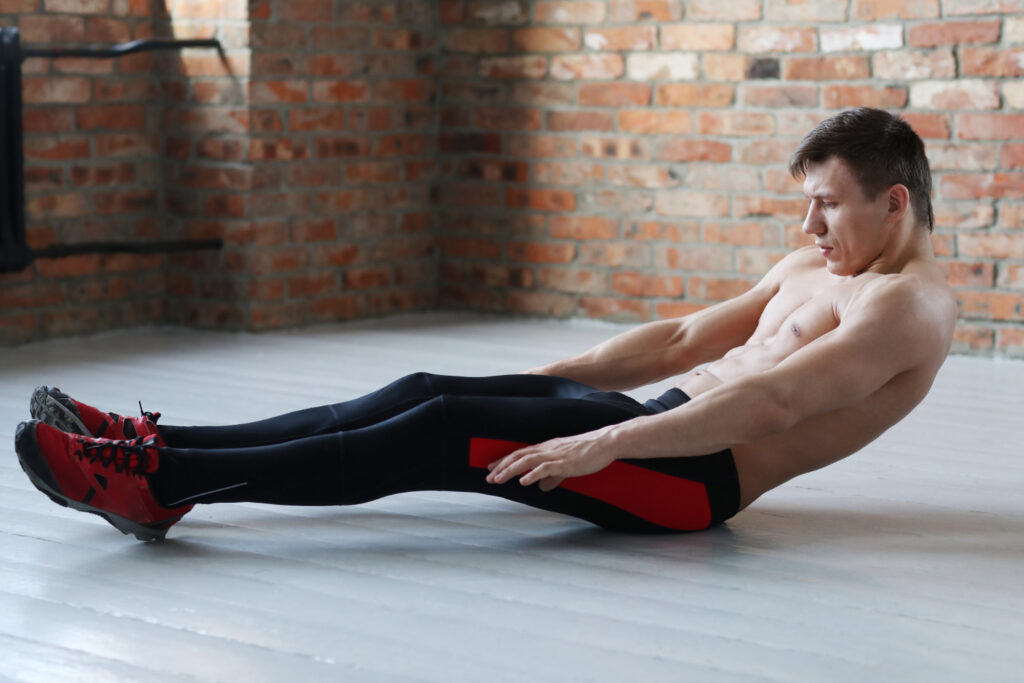
Finding the right balance in your pelvic floor exercises means paying attention to how many sets and reps you’re doing. I’ve worked with a lot of clients to fine-tune their workout plans. Let me share a simple table that breaks down a suggested starting point for each exercise. This should help you get going with strengthening your pelvic floor without overdoing it.
| Exercise | Sets | Reps |
|---|---|---|
| Rocking Frog | 2 | 10 |
| Single Leg Bridge | 3 | 8 per leg |
| Rear Decline Bridge | 3 | 12 |
| Single Leg Stretch (bent knee) | 3 | 10 per leg |
| Squat Thrust- Bridges | 2 | 15 |
Starting with these numbers, you can adjust according to how your body feels. Too easy? Increase the reps or sets. Feeling strained? Scale back a bit. The key is consistency and listening to your body. After you’ve gotten the hang of these exercises and the recommended sets and reps, mixing in additional techniques to aid pelvic floor health will only enhance your progress.
Additional Techniques for Enhancing Pelvic Floor Health
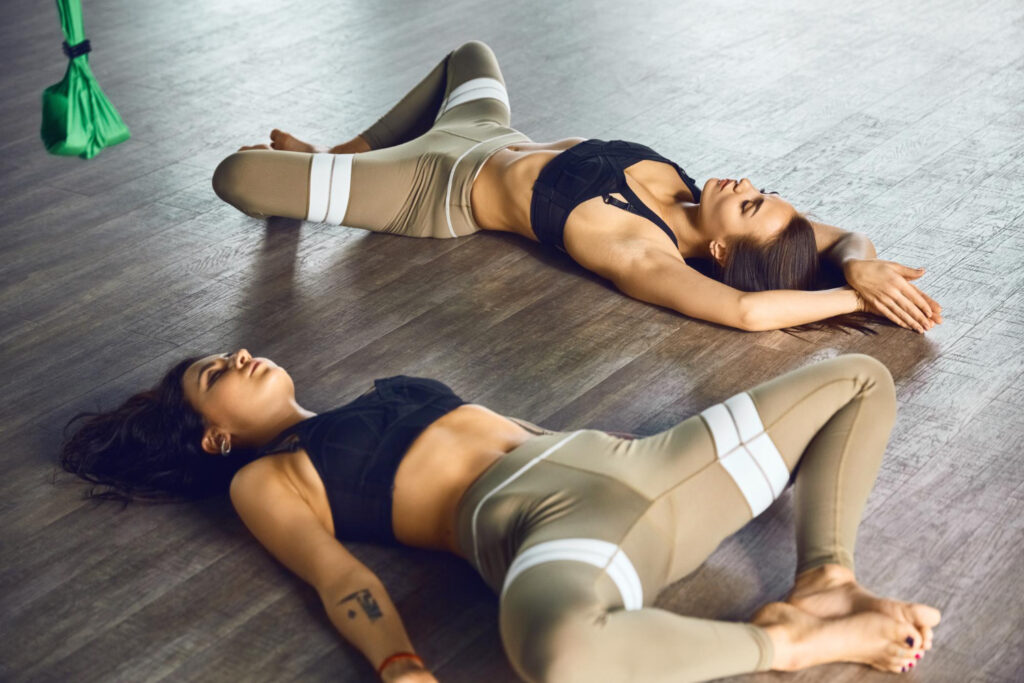
Beyond the usual exercises other than kegels, there are more ways to boost your pelvic floor health. Breathing deeply and getting into poses that make you feel happy can play a big part.
Diaphragmatic Breathing
Diaphragmatic breathing involves deep inhalation through your nose, filling your lungs while your diaphragm moves down. This type of breath work supports your pelvic organs and improves muscle function in the lower part of your body.
You exhale slowly through the mouth, focusing on letting all the air out as your belly falls. It’s a simple yet powerful way to relax and strengthen muscles around your pelvis.
Practicing this daily can help ease pelvic pain and support bladder control. To do it right, lie on your back with legs bent or sit comfortably. Place one hand on your chest and the other below your rib cage; you should feel more movement under your lower palm as you breathe deeply.
This helps train both mind and body to engage these crucial muscles correctly, enhancing their strength over time without putting too much pressure on them.
Happy Baby Pose
Happy Baby Pose is great for relaxing your pelvic floor. It helps stretch and soothe the muscles down there. You start by lying on your back. Bring both legs up, bending the knees toward your belly.
Grab onto the outside of your feet with both hands, like a baby holding its toes. Gently pull down, aiming to get your knees closer to the ground on each side of your body. Keep breathing deeply through this whole move.
This pose feels good and can also improve blood flow in the pelvic region. Doing it regularly supports organs like the bladder and bowel function better. Plus, it lets those often tight muscles release and lengthen gently, which can ease discomfort from sitting too long or other activities that stress them out.
Choosing the Right Exercises for Your Pelvic Floor Needs
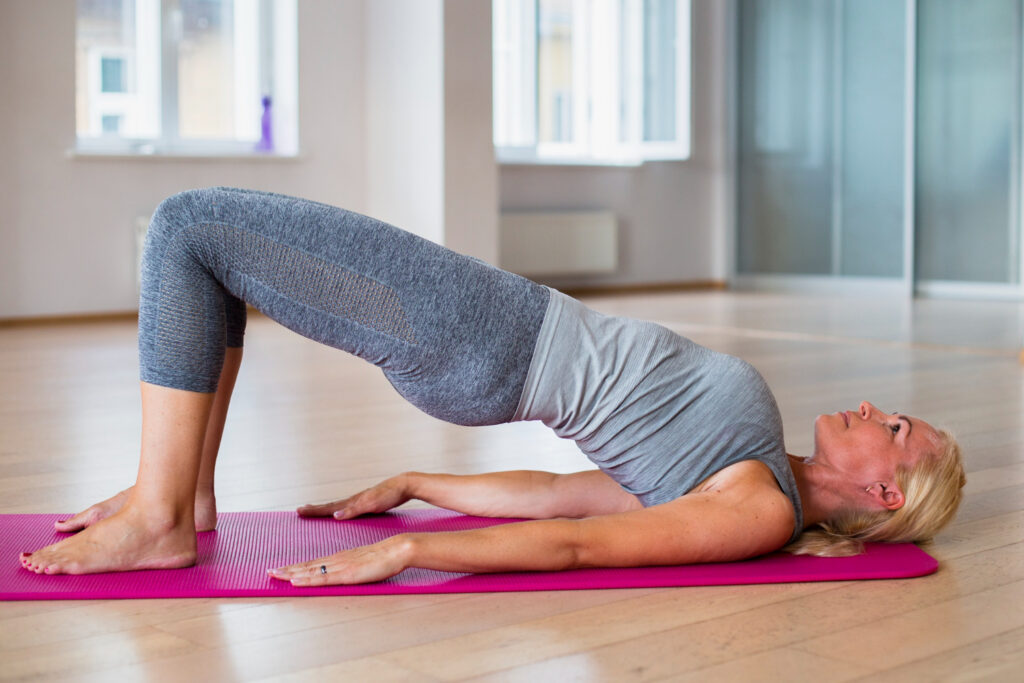
Picking the right exercises for your pelvic floor is key. My time as a personal trainer showed me that everyone’s body reacts differently. For some, exercises other than kegels can work better.
Think about what you need and feel. If you have a weak pelvic floor, starting with gentle movements might help. Squats and bridges are good options here—they strengthen without too much strain.
Talk to a health expert or physical therapist if you’re not sure where to begin. They understand how the pelvic muscles work together and can suggest specific exercises. These experts look at your whole body, not just one part of it.
They consider things like incontinence or pelvic organ prolapse when they recommend workouts for you. I’ve seen many times how the right advice leads to better strength and less pain for people focused on improving their pelvic health.
Conclusion
We talked about different ways to make your pelvic floor strong. These ways don’t use kegels. You can try rocking frogs, bridges, and happy baby poses. They’re easy to do and really work.
Why not give them a shot? Making your pelvic floor muscles strong is key for good health down there. Exercises other than kegels can help a lot too. Don’t forget to breathe right when you do these workouts – it helps even more! Making the right choice matters for your needs.
Every exercise might not be just right for everyone, so find what works best for you. Keeping at it can lead to big changes over time. Ready to get that stronger pelvic floor? Start with these exercises today and see how they make you feel better!
FAQs
1. What are some exercises other than kegels to strengthen the pelvic floor?
You can try clamshell moves, Pilates, and specific physical therapy routines designed for the pelvic area. These activities help make your pelvic muscles stronger without doing kegels.
2. Why should I consider exercises other than kegels?
Sometimes, your pelvic floor might be too tight—what we call hypertonic. When this happens, doing more kegels could make things worse. Other exercises can relax and then strengthen these muscles in a balanced way.
3. Can exercises other than kegels improve my health?
Yes! Strengthening your pelvic floor with a variety of workouts supports your organs better and may fix or prevent issues like leaking when you laugh or sneeze.
4. How do I know if my pelvic floor is too tight?
If you have trouble starting to pee, feel pain during certain activities, or always feel like you’re clenching down there, your muscles might be too tense. A healthcare pro can tell you for sure after checking.
5. Are there specific benefits of Pilates for the pelvic floor?
Pilates focuses on core strength—that includes the pelvis area—and teaches control through breathing and precise movements.This method not only tones those muscles but also improves how they work together with the rest of your body.
6. Where should I start if I want to try these alternative exercises?
Talking to a professional who knows about women’s health or seeing a physical therapist skilled in pelvic care is best.They’ll show you how to safely start and keep going with these new routines.

Author
Years ago, the spark of my life’s passion ignited in my mind the moment I stepped into the local gym for the first time. The inaugural bead of perspiration, the initial endeavor, the very first surge of endorphins, and a sense of pride that washed over me post-workout marked the beginning of my deep-seated interest in strength sports, fitness, and sports nutrition. This very curiosity blossomed rapidly into a profound fascination, propelling me to earn a Master’s degree in Physical Education from the Academy of Physical Education in Krakow, followed by a Sports Manager diploma from the Jagiellonian University. My journey of growth led me to gain more specialized qualifications, such as being a certified personal trainer with a focus on sports dietetics, a lifeguard, and an instructor for wellness and corrective gymnastics. Theoretical knowledge paired seamlessly with practical experience, reinforcing my belief that the transformation of individuals under my guidance was also a reflection of my personal growth. This belief holds true even today. Each day, I strive to push the boundaries and explore new realms. These realms gently elevate me to greater heights. The unique combination of passion for my field and the continuous quest for growth fuels my drive to break new ground.

